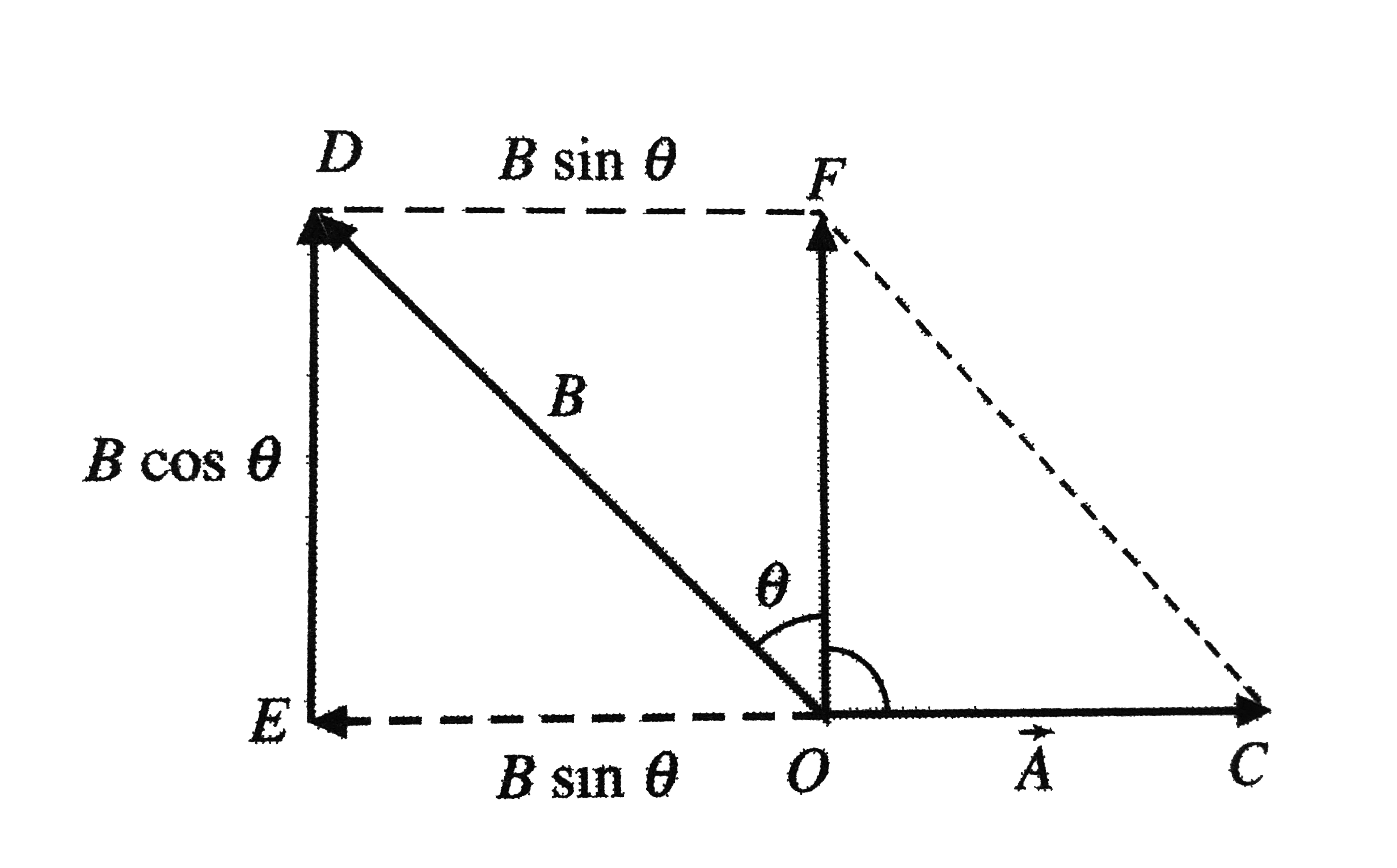Resultant of two vectors →Aand→B is of magnitude P, If →B is reversed, then resultant is of magnitude Q. What is the value of P2+Q2 ?
Equals to (a+b)
Less then (a+b)
Greater than (a+b)
Not greater than (a+b)
The correct Answer is:D
Step by step video & image solution for Resultant of two vectors vecA and vecB is of magnitude P, If vecB is reversed, then resultant is of magnitude Q. What is the value of P^(2) + Q^(2) ? by Physics experts to help you in doubts & scoring excellent marks in Class 12 exams.
Updated on:21/07/2023Topper's Solved these Questions
Similar Questions
The resultant of two vectors →A and →B is perpendicular to the vector →A and its magnitude is equal to half of the magnitude of the vector →B. Find out the angles between →A and →B.
 .
.
View SolutionMagnitude of resultant of two vectors →P and →Q is equal to magnitude of →P . Find the angle between →Q and resultant of →2P and →Q .
View SolutionThe resultant of two vectors →P and →Q is →R. If →Q is doubled then the new resultant vector is perpendicular to →P. Then magnitude of →R is :-
View SolutionTwo vectors →A and →B are such that →A+→B=→A−→B. Then
View SolutionResultant of two vectors of magnitudes P and Q is of magnitude 'Q'. If the magnitude of →Q is doubled now the angle made by new resultant with →P is
View SolutionFind the magnitude of resultant vector →R of two vectors →aand→b of magnitude 7 and 4 unit respectively if angle between then is 51.3∘. (Given cos51.3∘=5/8)
View SolutionFind the angle between two vectors →aand→b with magnitudes 1 and 2 respectively and satisfying →a.→b.=1
View SolutionThe magnitudes of two vectors →P and →Q differ by 1. The magnitude of their resultant makes an angle of tan−1(3/4) with P. The angle between P and Q is
View SolutionTwo vectors →P and →Q are added, the magnitude of resultant is 15 units. If →Q is reversed and added to →P resultant has a magnitude √113 units. The resultant of →P and a vector perpendicular →P and equal in magnitude to→Q has a magnitude
View SolutionTwo vectors →Aand→B have equal magnitudes.If magnitude of (→A+→B) is equal to n times of the magnitude of (→A−→B) then the angle between →Aand→B is :-
View Solution
